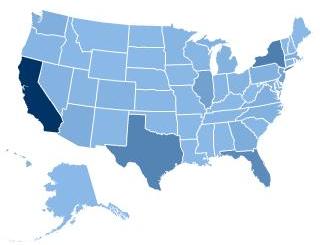Every 10 years, as required by the U.S. Constitution, the federal government undertakes a massive nationwide effort to count the residents of the United States, who now number more than 300 million. The results form the basis for the apportionment of congressional districts and the distribution of hundreds of billions of dollars in federal funds, as well as serving to guide a wide range of community-planning decisions across the country.DD The Census is, however, no stranger to controversy, such as the suggestion by some activists that immigrants sit out the Census this year to protest the federal government’s failure to enact comprehensive immigration reform.DD Yet, among demographic groups like immigrants and ethnic minorities who are typically under-counted in the Census, a boycott would be self-defeating. Moreover, anyone living in an area afflicted by a large under-count of any sort stands to lose out on political representation and federal funds.DD For instance, an undercount of Latino immigrants would impact anyone living in a state such as California, New York, or Illinois that has a large population of Latino immigrants—meaning that everyone in those states stands to lose political representation and access to economic and educational opportunities if their residents aren’t fully counted in 2010.
Read more...
Published On: Wed, Mar 03, 2010 | Download File




